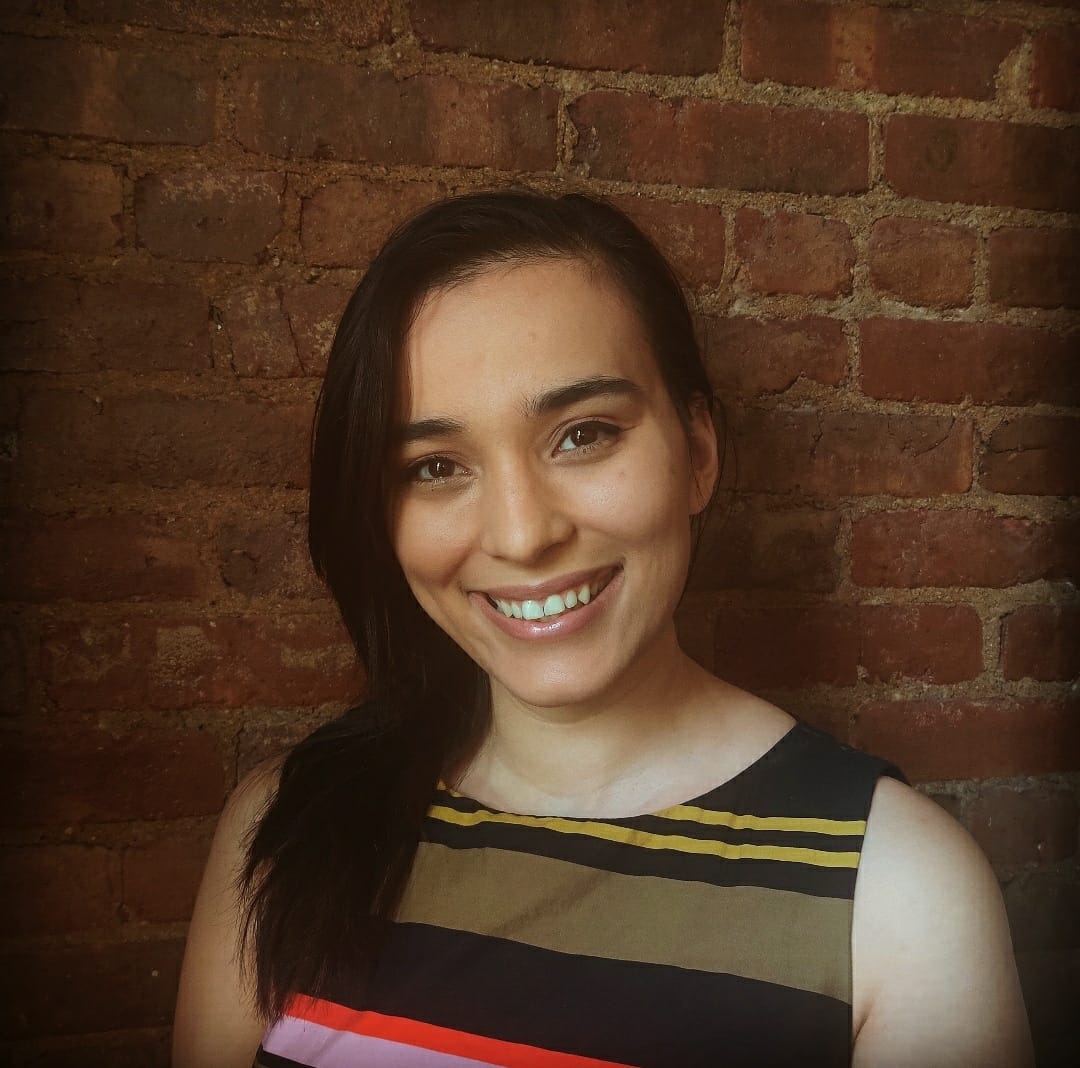Lisa Bura '22

Major: Integrative Neuroscience
Bio: Lisa was born and raised in Laredo, Texas, and was an enlisted soldier in the U.S. Army before pursuing her degree in Integrative Neuroscience at Fordham University. She hopes to get her M.S. in Genetic Counseling and specialize in neurogenetics. During her off time, she enjoys bike riding, hiking and going to coffee shops.
Title of Research: SARS CoV-2 Effects on Alzheimer’s Pathogenesis
Mentor: Dr. Alma Rodenas-Ruano, Department of Natural Sciences
Abstract: While severe acute respiratory syndrome coronavirus 2 (SARS-CoV-2) is known to be a respiratory disease, evidence suggests that SARS-CoV-2 may also impact other organ systems such as the central nervous system (CNS). However, not much research has looked at the effects of coronavirus disease 2019 (COVID-19) on Alzheimer’s Disease (AD) pathogenesis. An early pathological finding in AD pathogenesis is a characteristic morphological change in microglia and astrocytes, non-neuronal cells of the CNS. Microglia and astrocytes serve essential roles in the homeostatic function of the central nervous system. Upon encountering stimuli, microglia and astrocytes dynamically alter their morphological characteristics, with swelling of the soma and lengthening and engorgement of branches. Microglia, the innate immune cells of the CNS, may progress to an amoeboid state with pro-inflammatory function. Meanwhile, astrocytes, immune cells that become reactive during an inflammatory response, upregulate glial fibrillary acidic protein (GFAP), thus indicating reactive astrogliosis in conjunction with the morphological shift. Here, we investigate the role of COVID-19 in the propagation of neuroinflammation and the resultant effects on glial morphology, in vivo, in an amyloid mouse model of AD (5xFAD), concurrently expressing human angiotensin-converting enzyme 2 (hACE2) to allow susceptibility to infection with SARS-CoV-2. Notably, we find that seven days following intranasal infection, there is a significant shift in the morphological characteristics of GFAP and Iba1 immunopositive cells in situ in tissue sections from the hippocampal formation of mice by utilizing Imaris Software suite. These findings suggest that COVID-19 may promote and potentiate significant neuroinflammation found in AD.